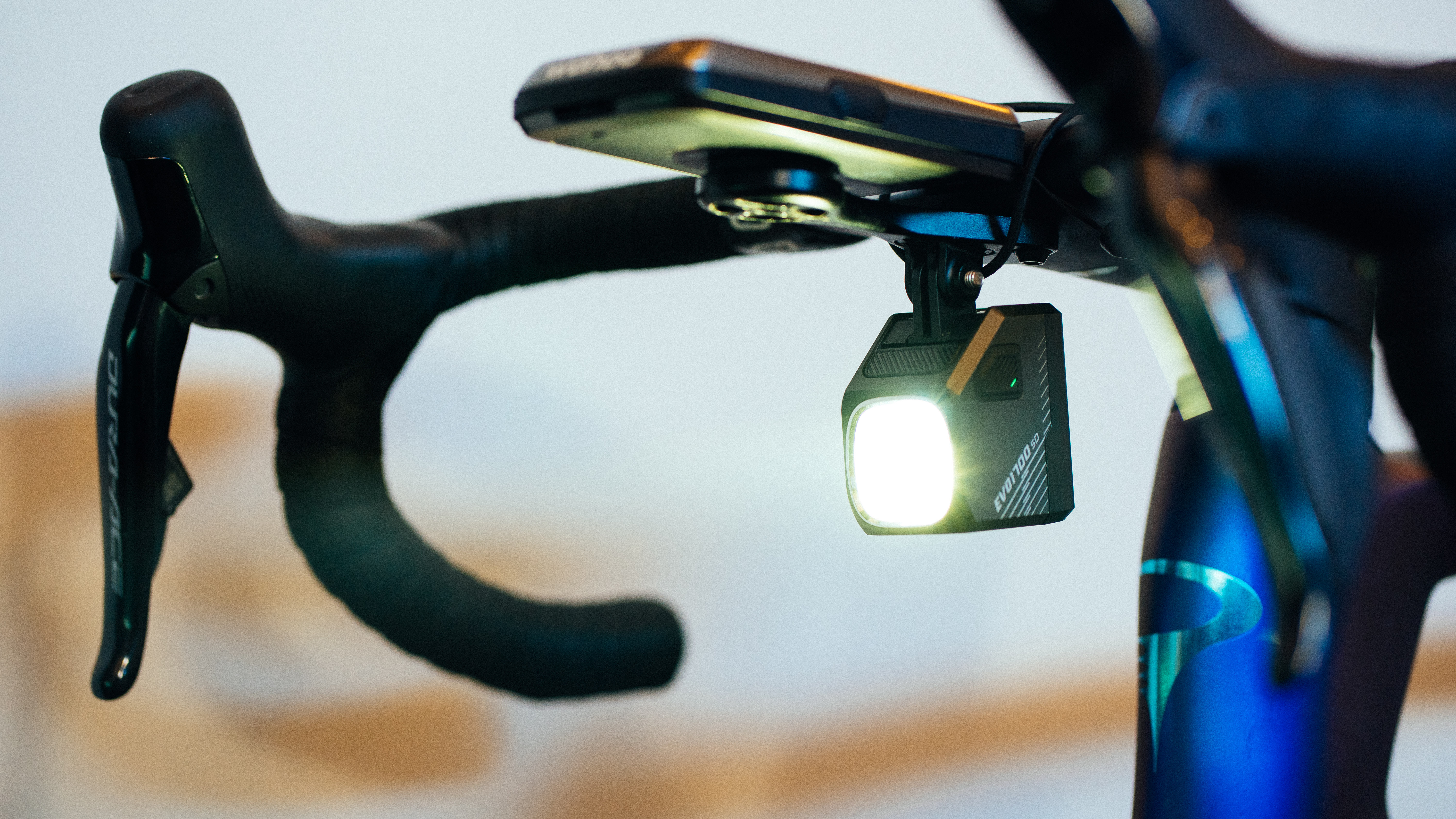Cyclingnews Verdict
The Magicshine Evo 1700SD is a brilliantly integrated front light, with a great cutoff beam. If you don't already have your Di2 paired to your computer then it's a great idea, but if you do then go for the one with a remote included.
Pros
- +
Di2 light controls are brilliantly useful
- +
Cutoff beam won't dazzle other road users
- +
I quite like the unusual aesthetic
Cons
- -
Will usurp any computer you have connected to your Di2
- -
Shimano only, and GRX, Ultegra and Dura-Ace compatible
- -
GoPro mount only
You can trust Cyclingnews
Price: £89.99 / $99.99
Max Lumens: 1700
Weight: 153.4g
Battery Life: 2-11hrs
There has been something of a shift in the best bike lights recently. Previously it’s just been a matter of mounting a big battery tube to your bars with a light at the front of it and controlling everything with a button. In recent seasons I’ve seen a growing number of smart lights, with added automatic features, and lights with remote controls.
I recently reviewed the Magicshine Ray 2600B, which came with an on-bar remote control, and while it wasn’t perfect - in fact the user interface was annoying enough to be almost fatal - being able to control the beam easily without reaching under the stem was very helpful at times.
It’s not the only remote control light I’ve been using this winter though: Enter the Magicshine Evo 1700SD, a light that is designed solely to mount underneath a bike computer's out-front mount, and can be controlled using the auxiliary buttons on Shimano Ultegra, Dura-Ace, and GRX Di2 shifters.
I’ve been using it mounted at the front of a Pinarello Dogma F for a series of gloomy, dark winter rides as far back as Christmas and in general I’ve been pretty impressed. It’s not a light that’s going to work for most of you, given the groupset constraints for one thing, but for those it does work for, I think it’s got a lot going for it.
A post shared by Will Jones (@zetlandcycles)
A photo posted by on
Design and aesthetics
The Magicshine Evo 1700SD is certainly one of the most unusual-looking bike lights I’ve seen. If you’ve spent any time with dynamo lights the giant, single bulb will be a little more familiar and is reminiscent of the likes of the Son Edelux II lamp. It’s vaguely cubic in form, with a wedge-shaped upper face and a large orb-like perspex bulb on the front that makes the whole thing resemble a tiny vintage television.
Inside the giant bulb, you can just make out the main beam LED strip, and the high beam extra lamp. Please don’t be tempted to turn it on while staring into it though - you’ll have a bad time.
The Magicshine Evo 1700SD can only be mounted pendulously, i.e. hanging down under a bike computer mount. It uses a GoPro style three prongs adapter, and while it’s not really what it’s designed for you could make it fit anywhere with an M5 bolt (rack mounts, fork bosses etc.) with the judicious application of a long enough bolt and some spacer washers. In any case, it’s a relatively safe bet that anyone running Di2 nowadays is likely to have an out-of-front computer mount, so it’s not too much of an impediment to mount it beneath. In a pinch, a basic GoPro handlebar mount will also allow you to mount it to round bars easy peasy.
It needs to go upside down because it’s a shaped beam, with a very defined cutoff. It’s not StVZO compliant (the German system for approved bike lights), but effectively achieves the same thing insofar as it’s designed to illuminate the road ahead without dazzling other road users. You can basically have it pointing directly at your face and as long as your eyes are below the cutoff line you won’t get dazzled. In theory, this is safer for other road users (as they can see) and for you (they can see you’re there, but aren’t so dazzled they simply flatten you by accident).
The party trick for the Magicshine Evo 1700SD isn’t the shaped beam, or the mounting though, but the fact that it eschews the remote control that comes with the ‘standard’ Evo 1700 and instead makes use of the auxiliary controls on the Shimano Di2 shifter hoods. Once paired the Evo 1700SD can have its brightness changed with the left auxiliary button, and the high beam switched on/off with the right auxiliary button. These can be configured in the Magicshine app, but at the time of writing there’s no way to download the app so don’t worry about that for now.
Given it’s going to be subjected to a lot of spray above the front wheel (unless you’re using mudguards) it’s a good thing it’s IPX6 waterproof, meaning it can resist water jets from any direction.
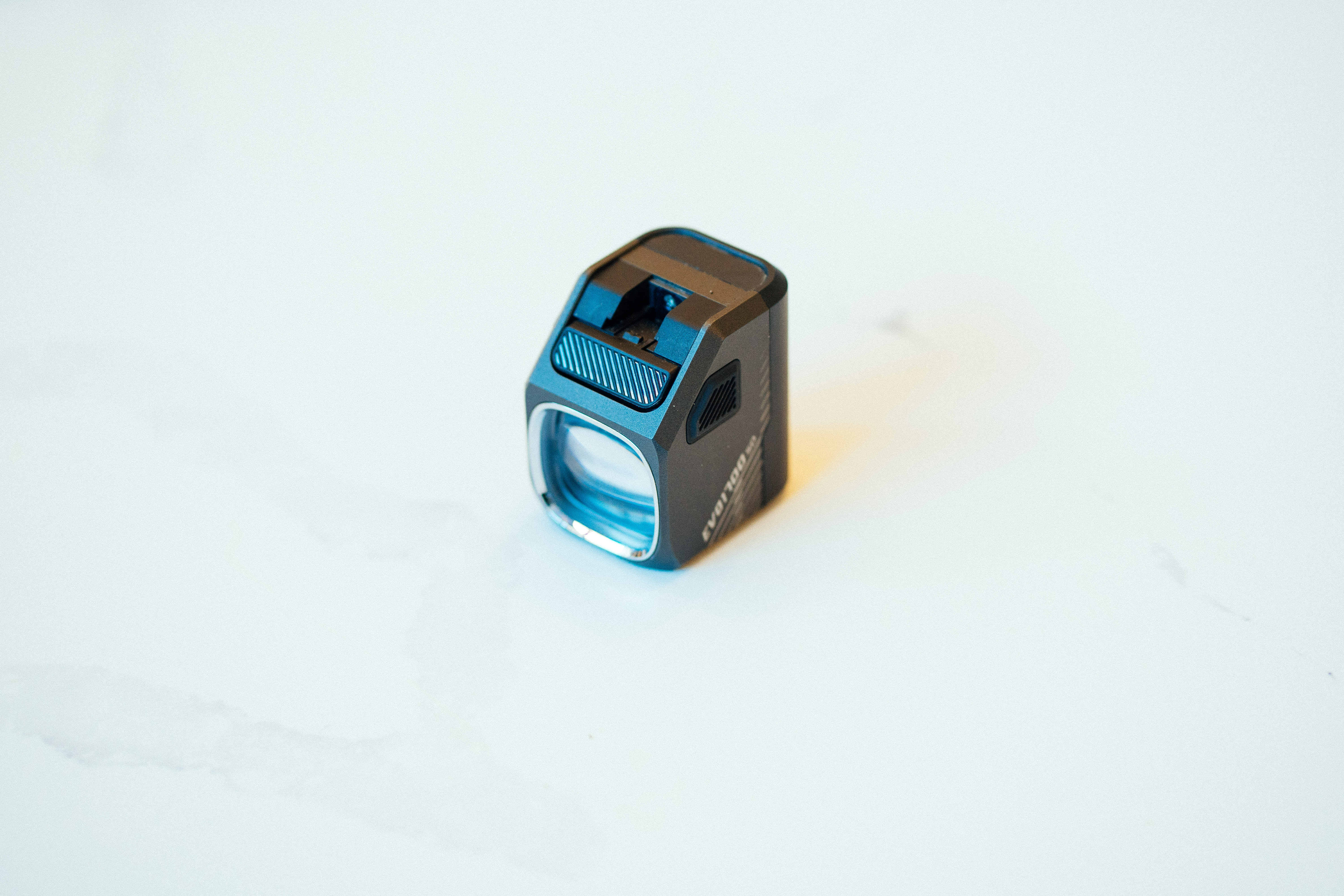
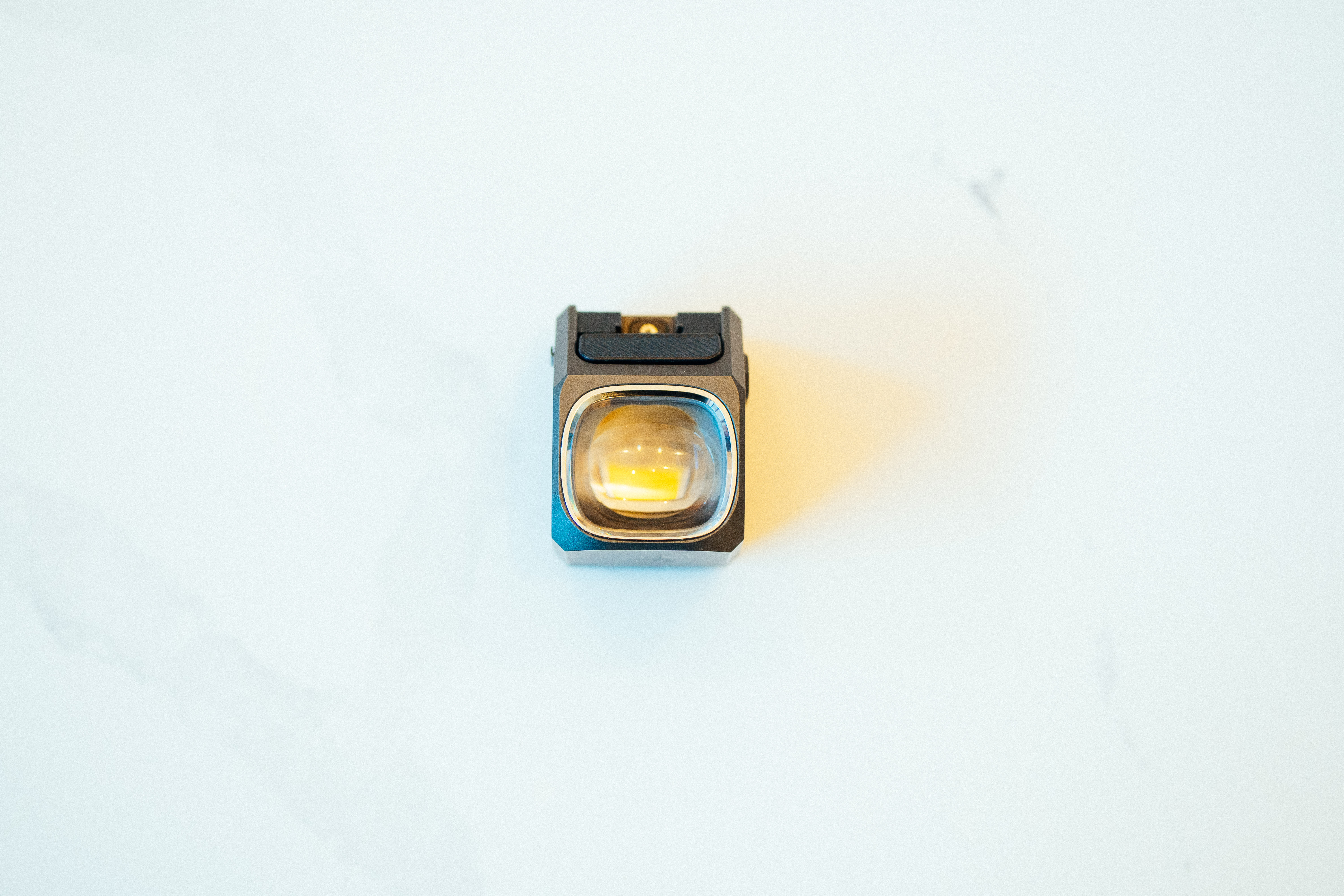
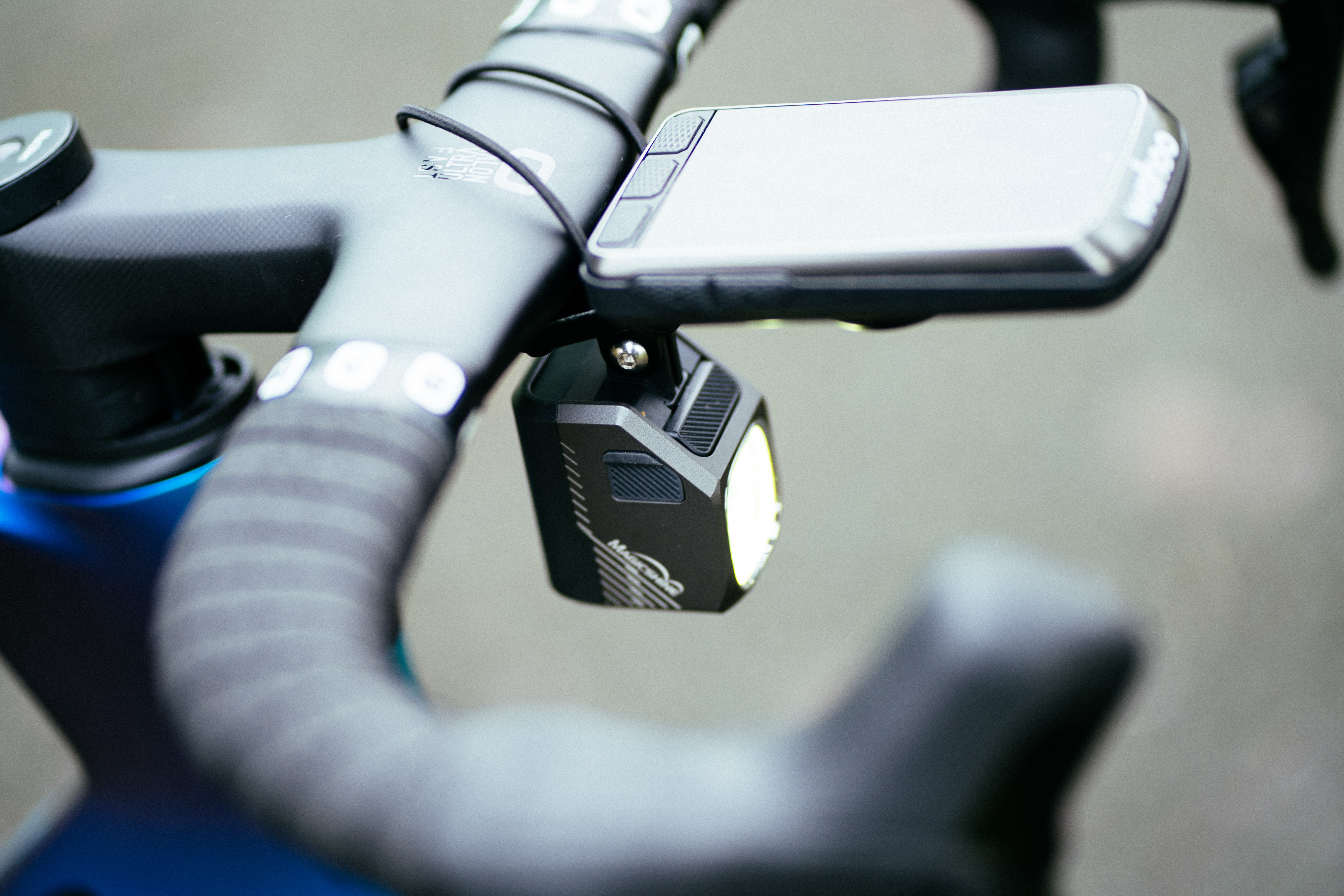
Performance
Normally with bike lights, there isn’t a great deal of setup rigmarole to go through, and the whole process can be summarised in two stages: 1) attach to the handlebar, and 2) turn it on. With smart lights, it’s a little more complex, but in this instance, phase one was relatively simple. The included GoPro adapter just mounts to the female bit that was already under my computer mount and the lamp itself slides into and out of it, locking in place with the large bar-shaped button on the front. It is a little sticky at times, but it’s very secure.
Pairing is also relatively simple. I have had technology drive me so far up the wall at this point that I begin to consider becoming Amish, but you wake up the Di2 with a press of any of the shift buttons, long press the power button to turn on the Magicshine Evo 1700SD in pairing mode (it’ll flash blue), and hold it next to the rear derailleur. Press the auxiliary buttons to check it worked - in my case, it did instantly - and away you go.
In much the same way as with the Ray 2600B the controls using the Di2 buttons are not the same as on the light itself, which only has a single button. You can cycle the modes on the light using the button in a pinch, with a single press to change brightness and a double press to toggle the high beam, but with the shifters the left button cycles intensity and the right cycles high beam on/off. Double-tap the left button and you also toggle the high beam, double-tap the right and you can cycle the flashing modes. It is, in this case, mercifully simple.
The light beam makes good use of the 1700 lumens, and as it has such a harsh cutoff it’s brighter than you might expect at full power as there aren’t any wasted photos spilling out into the periphery. It will however turn with the bars, so on sharp junctions you may lose sight of things that were previously ahead of you while you turn.
I have no issue with the brightness or the setup, and in use, I really enjoyed being able to control the beam intensity without ever having to take my hands off the bars. Slap on high beam for a descent, reduce the brightness when you go through a well-lit area to conserve the battery, you can even flash your beams to thank other road users in the way cars do.
Where things get tricky is if, like me, you also have your Di2 system paired to your computer. With the Wahoo Ace and Bolt pairing the computer with the groupset allows you to see on screen which gear you’re in, a data field I very much like having, as well as battery life. It also automatically assigns the shifter buttons to change the data screens. If you then pair the Magicshine Evo 1700SD with the Di2 system, when you press the auxiliary shifter buttons you both change your data screen AND change the light settings, so you have to either pick one or install some extra satellite shifters into the system, which is a less realistic prospect for most users.
For the duration of the test, I switched my computer controls off, but I miss them, and if push comes to shove I’d rather have the computer controls, and with it the ability to control my music via the shifters than my light. If you aren’t fussed about controlling your computer then I think it’s a very good option, but for everyone else the cheaper option with the wireless remote is probably the better choice.
Quoted runtimes vary between 2 hours at the highest intensity and 11 hours at the lowest. I didn’t see any reason to doubt this. In more real-world scenarios than a controlled rundown, the ease of changing the modes means I usually stuck it in the lowest intensity and then easily cycled up for the short times when I needed more. This makes the battery use far more efficient than it would be with a light you just switch on and forget about for the duration and hope it lasts.
Lastly, it does rely on having shifters with the auxiliary buttons built in. While the Magicshine site states that it is compatible with 105 rear derailleurs, you’d need to install satellite shifters in this case as 105 hoods don’t have the extra buttons as of yet.
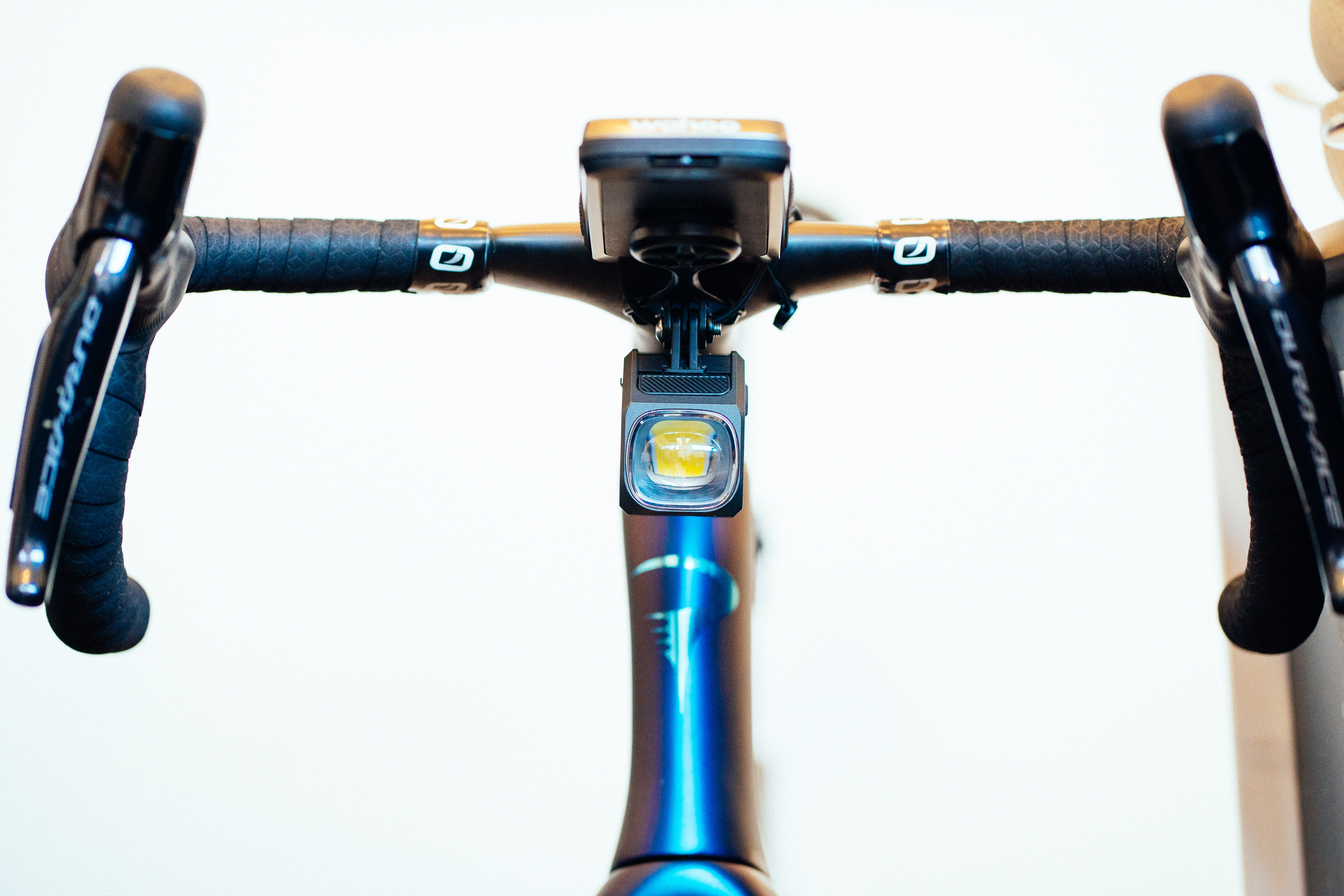
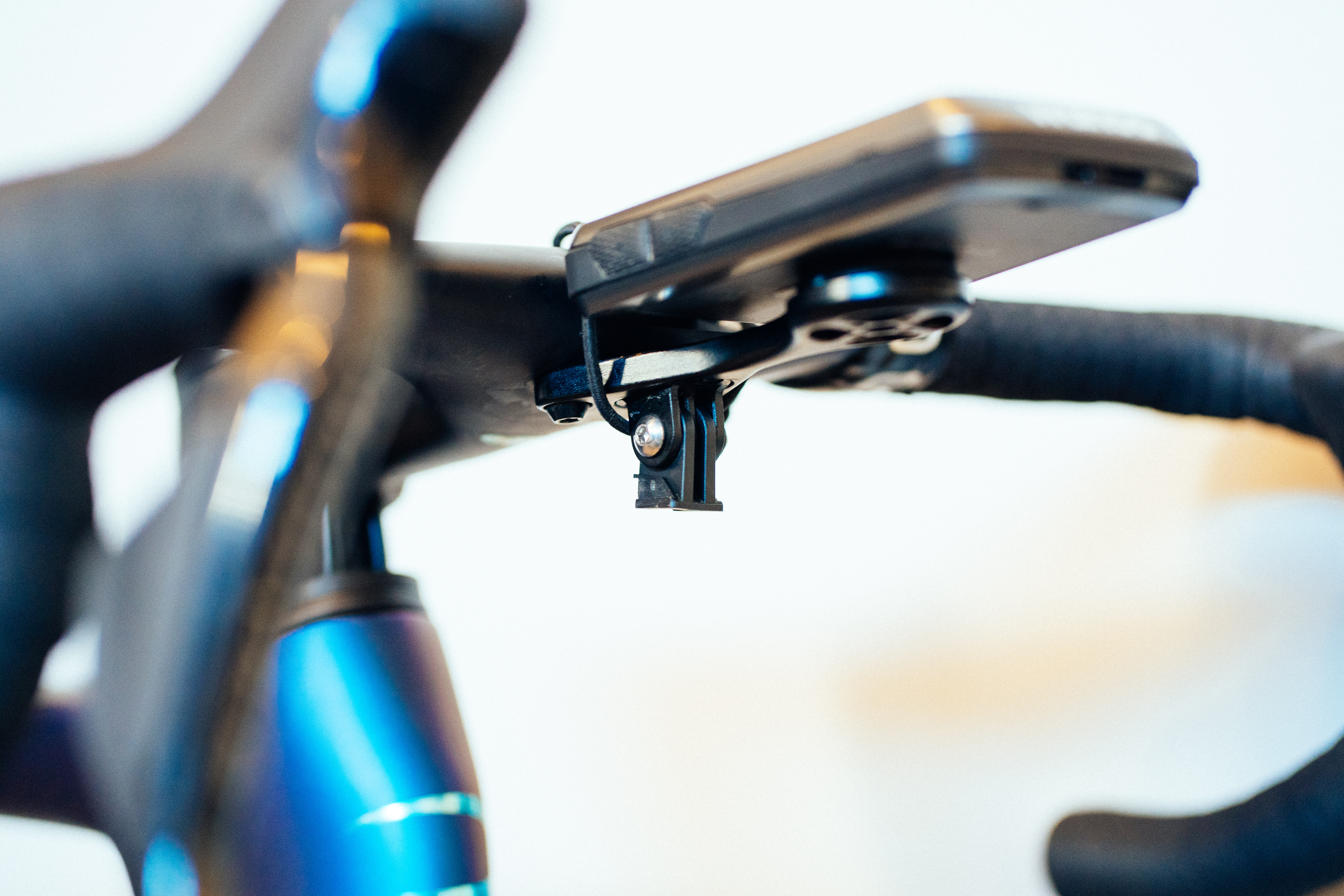
Value
Say what you like about Magicshine lights, but the brand does well on the value front. Considering the beam shaping, and the integration of Di2 controls, as well as a very decent build quality, the RRP of £89.99 / $99.99 for the Magicshine Evo 1700SD is pretty reasonable. It’s certainly a more specialist lamp, and won’t suit everyone, but if you want a very neat setup and superb control over your lights without ever having to take your hands off the bars then I think it makes a great account of itself.
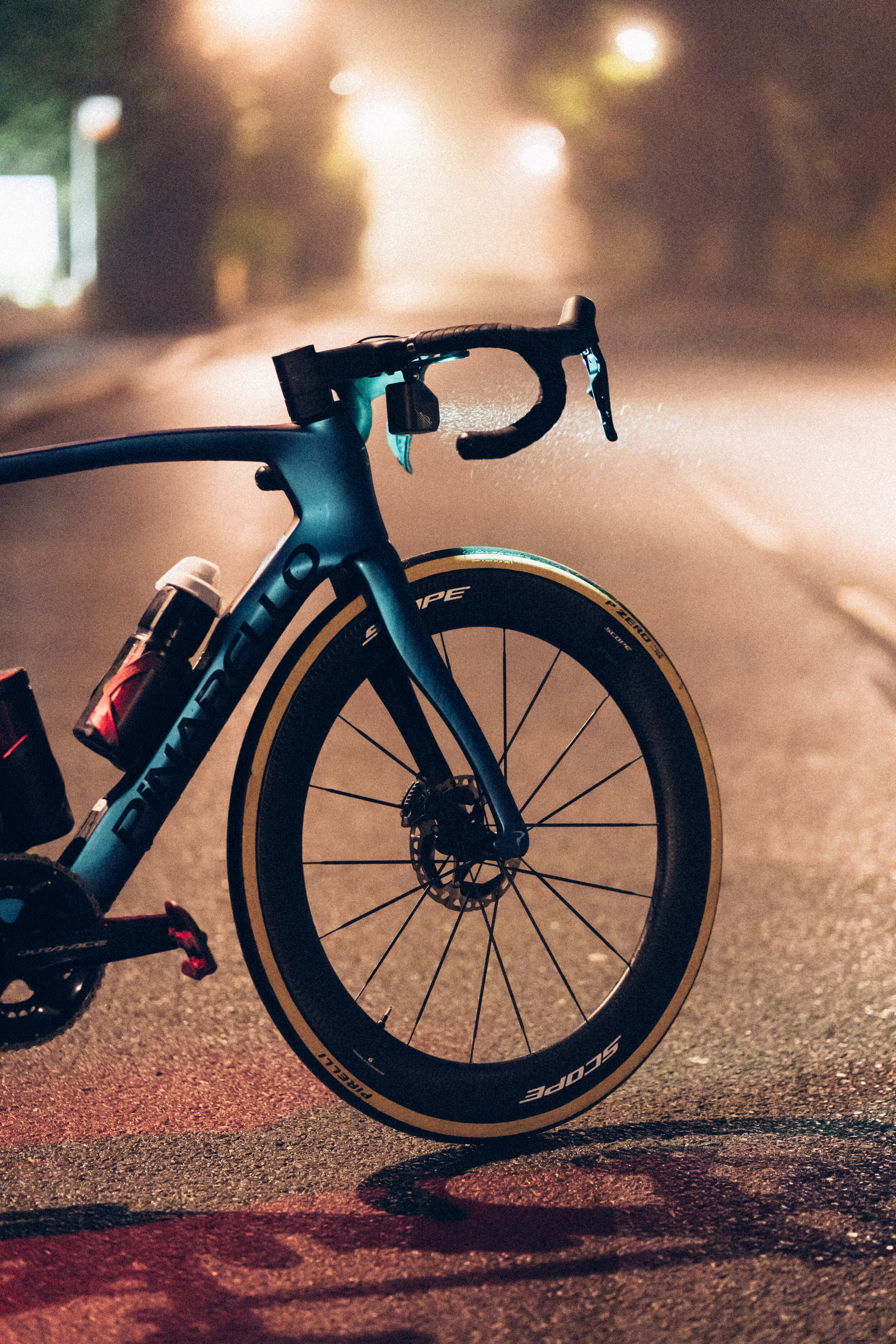
Verdict
If you want to control your lights via your Di2 shifters, and you don’t have your computer paired with your Di2 system, then the Magicshine Evo 1700SD is a brilliant option.
Sadly though I don’t actually think there are that many riders out there who have a Di2 groupset and aren’t making use of the computer integration, meaning that the cheaper ‘standard’ Evo 1700 is likely the better choice if you want a remote-operated, neat, cutoff-beam bike light.
| Design and aesthetics | A very neat design, and well executed, but so specific a use case to the detriment of versatility. | 7/10 |
| Light quality | I can't fault it here, I am a big fan of the cutoff beam, and the high beam modes are useful on descents. | 8/10 |
| Control Scheme | Really good and very intuitive, bot only if you don't already have your computer paired with your groupset. | 8/10 |
| Battery life and charging | Decent, but not world beating. | 7/10 |
| Value | If it fits your needs then I think it's a good buy, but if you just want the same style of light with more versatility then buy the cheaper one with a standalone remote included. | 7/10 |
| Overall | Row 5 - Cell 1 | 74% |
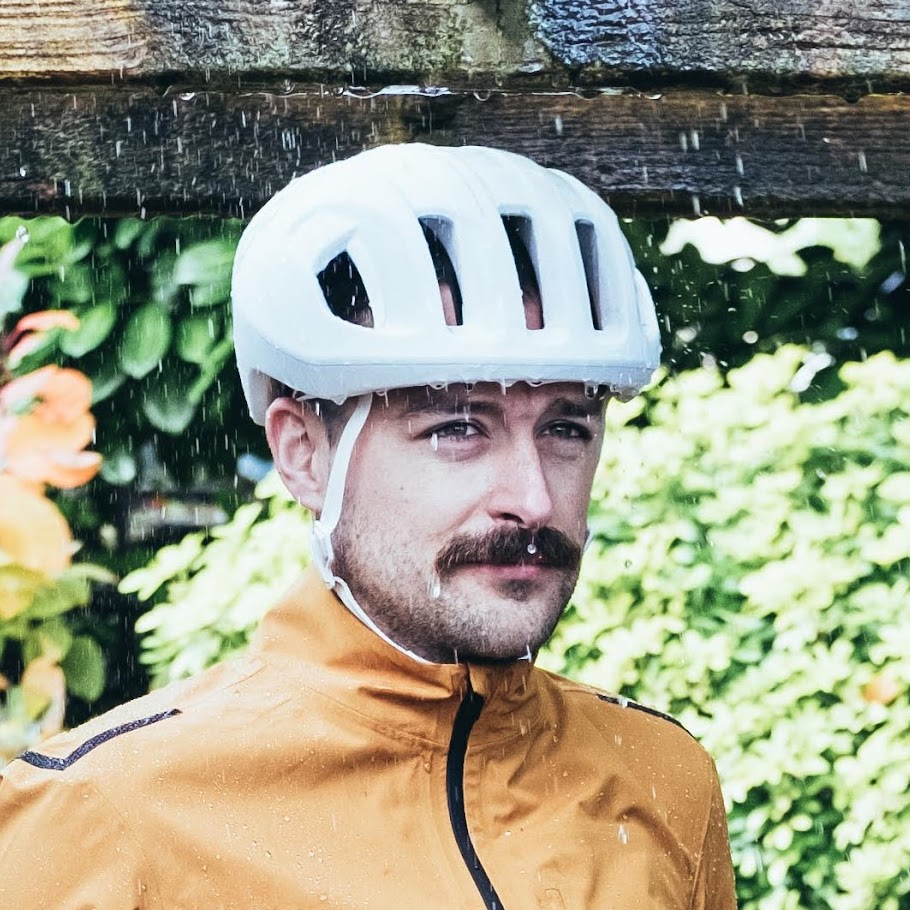
Will joined the Cyclingnews team as a reviews writer in 2022, having previously written for Cyclist, BikeRadar and Advntr. He’s tried his hand at most cycling disciplines, from the standard mix of road, gravel, and mountain bike, to the more unusual like bike polo and tracklocross. He’s made his own bike frames, covered tech news from the biggest races on the planet, and published countless premium galleries thanks to his excellent photographic eye. Also, given he doesn’t ever ride indoors he’s become a real expert on foul-weather riding gear. His collection of bikes is a real smorgasbord, with everything from vintage-style steel tourers through to superlight flat bar hill climb machines.
